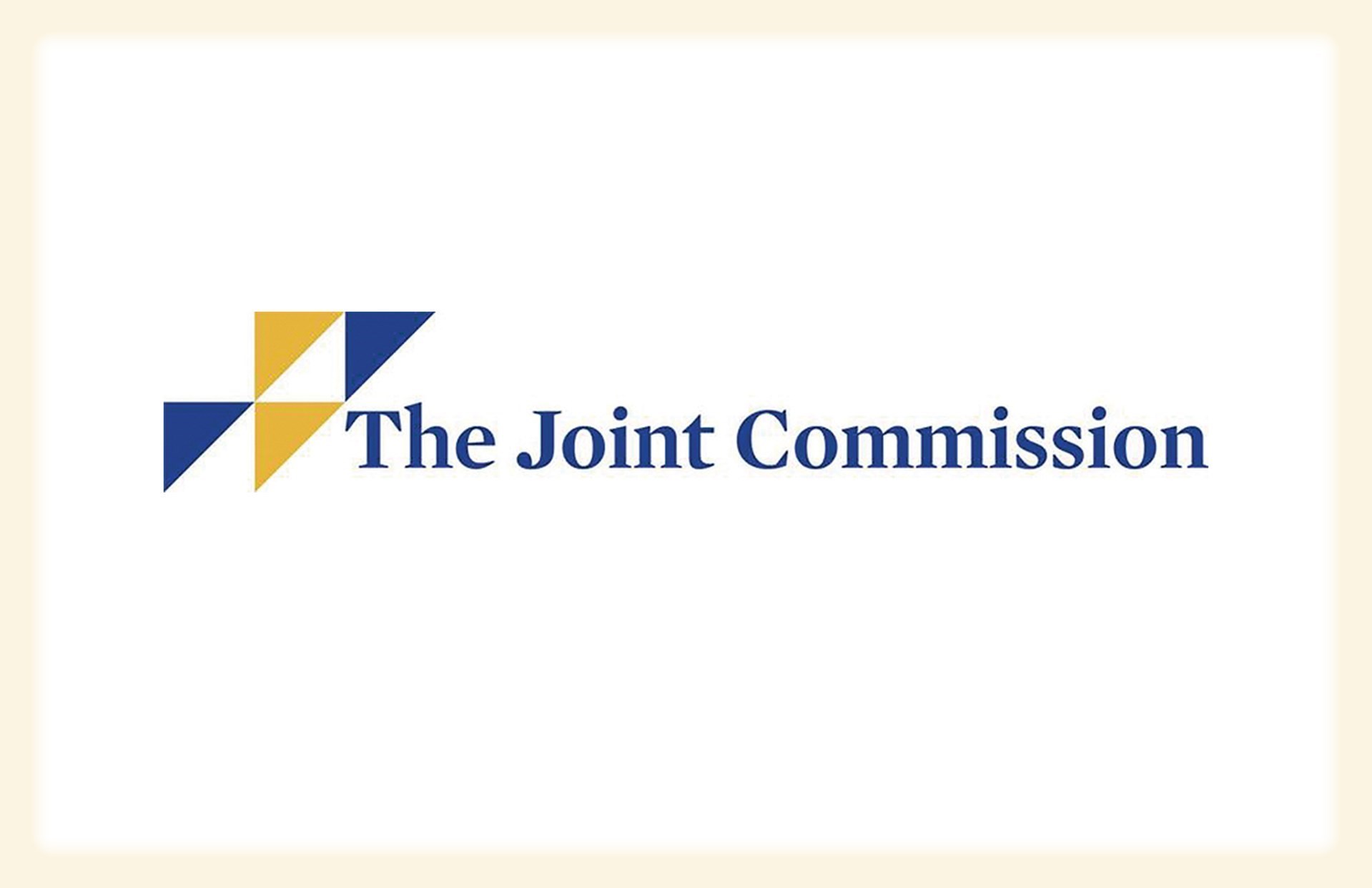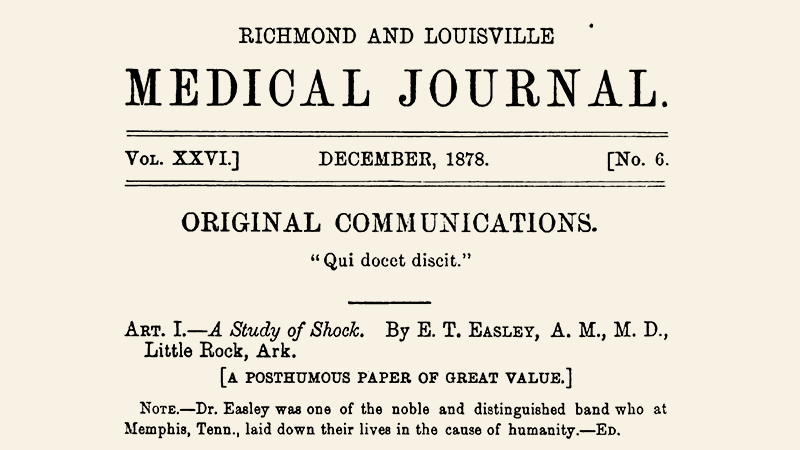Benefits of Using CDS in Surgical Practice
As the capabilities of CDS continue to expand and more practices adopt CDS tools, surgeons likely will experience the benefits of these tools if they are implemented thoughtfully. Implementation of CDS tools has been associated with more efficient care processes, facilitation of shared decision-making with patients, improvements in patient outcomes, cost savings, and more.§ The surgeon can leverage CDS at the point of care and during postoperative care assessments to evaluate performance improvements and facilitate communication with patients. In this article, the focus is on improvements in care processes, improved clinical outcomes, reduced cognitive burden, reduced administrative burden, and cost/resource savings that are possible with the use of CDS tools.
Improved Care Processes and Patient Experience
CDS systems can contribute to improvements in care processes, such as reduction in the variation in care delivery, duplication of tests and services, and timely and reliable ordering of necessary tests and preventive services, thereby enabling physicians to offer more targeted information to patients and caregivers based on their needs and what they value. By layering evidence-based best practices on top of unique patient information found in EHRs, CDS tools can present the clinician with knowledge that is tailored to the patient to inform more personalized care decisions to engage patients and caregivers throughout their care journey. The tools also can help close gaps across the care model by guiding the physician through clinical pathways and recommending evidence-based processes to allow for more reliable, valid, and timely quality measurement, and drive more impactful and rapid quality improvement (QI) cycles. With the greater availability of more reliable and valid digital data, registries can interoperate with clinical information systems and integrate more advanced capabilities (data collection, real-time comparison, AI/ML).
As CDS tools continue to advance, opportunities to move toward a learning health system arise. In a learning health system, clinicians can learn from each other and from the data. The data can be applied to inform clinical pathways and practice, which all can be facilitated by CDS tools. In addition, the advanced capabilities will allow traditional evidence-based medicine guidelines to integrate customized medical recommendations and advanced analytics, such as AI and ML, to give physicians a real-world view of a specific patient. By streamlining how the information is presented to physicians and putting the right information in their hands at the right time throughout the care cycle, physicians’ time can shift back to the patient and away from their workstations.‡
Improved Patient Outcomes
CDS tools can help drive improvement in patient outcomes in several ways. As clinicians move through their clinical workflow, CDS software can integrate alerts and notifications to keep the clinical team informed on the latest clinical guidelines, avoid negative drug interactions, unnecessary tests, medication errors, and other adverse clinical events. By implementing CDS, physicians and healthcare institutions may notice shorter length of stays following procedures, reduced complication and morbidity from complications, improved recovery time, and more. With the increase in data and personalized patient information offered by the CDS tools, clinicians will be able to identify potential complications and intervene earlier. The ability to track patient data, compliance with standards of care, and the status of quality control metrics in one system strengthens QI cycles.
CDS tools also can provide additional pathways of communication between the patient and the care team. This could include functionalities that prompt patients to provide feedback and facilitate how the clinical team provides resources to patients. By capturing patients’ experiences and maintaining open lines of communication, patients are empowered to stay engaged in their care and physicians can better understand how to provide value and meet patients’ goals. Shared decision-making is critical to delivering high-quality patient-centered care.
Reduced Cognitive Burden
Physicians are responsible for an increasing number of cognitive and administrative tasks. Physicians now have access to large amounts of data from many sources. While powerful, this influx of data and tasks also can contribute to cognitive burden and physician burnout. By enabling physicians to easily access the relevant information or knowledge at specific decision points within the care cycle, their cognitive load and administrative burden will decrease. By aligning CDS algorithms with mental models (for example, clinicians’ existing knowledge about diseases, procedures, organ systems, and more) and clinical workflows informed by up-to-date clinical best practices and guidelines, CDS systems can help physicians organize activities and tasks and provide specific information and inferences needed to optimally complete each task.
Reduced Costs, Waste, and Administrative Burden
Duplicative services, unnecessary testing, adverse patient outcomes, and variations and gaps in the physician workflow can pose significant financial strain on healthcare institutions and take time away from direct patient care. Although a practice’s initial investment in CDS integration may be significant, proper use of the tool can contribute to fewer costly adverse events, redundant services, and more.‡
Some CDS tools also can assist with burdensome and timely documentation tasks. For example, based on the data the physician enters into the EHR, the tool can present billing codes and modifiers for surgeons as they work through the care cycle, resulting in more accurate and appropriate billing. To support registry and QI program efforts, both the clinical team and nurse abstractors can use CDS to better facilitate and accelerate data abstraction and documentation. By decreasing adverse clinical events and shortening the time physician and their extenders spend on administrative activities, physician practices and health systems could experience reduced costs.
Challenges Associated with CDS Implementation
Introducing advanced technology into care delivery is presenting a paradigm shift. Although CDS implementation has many benefits, challenges and disruptions do occur when undergoing a major change. Barriers to CDS implementation span from the need for physician trust in the tools to alignment of workflows with current EHR systems, regulation and governance of data and knowledge, liability concerns, and more.
Physician Trust
When exploring the use of any new technology, a common barrier can be users’ lack of trust in the tool. Physicians are likely to have concerns about implications for patient safety, and it can take time for users to become comfortable applying the CDS outputs to inform patient care. To enhance trust in using the tool, the following considerations are essential: transparency, ease of use, proof of validation, reliability, data quality, opportunities for feedback, and adequate regulation.
Physicians also may have concerns about the data and algorithms used in tools that incorporate AI and ML capabilities. With these advanced tools, the need for trusted and complete data sources is even more important, and ensuring the algorithms and data are properly validated is crucial. If the tool is not developed and trained with data that are representative of the patient population the physicians serve, the data outputs could be inaccurate or biased. To lower the risk of bias, the use of trusted and complete data sources in development and testing stages is extremely important.
Alignment with Existing Workflows and Information Systems
Aligning new technology with existing systems, such as EHRs, and accessing data within these systems can be difficult and costly, which can contribute to slow uptake of tools like CDS. To minimize these barriers, it will be necessary to apply components of systems engineering to effectively incorporate CDS methods and tools into clinicians’ workflows and demonstrate the value of the tool. This process should include evaluations of existing processes before taking steps to automate them with CDS or other knowledge-based digital health tools.
Automating a poor process will only exacerbate gaps in care, inefficiencies, and risk of error. By completing these assessments, institutions can identify problems or inefficiencies in their systems and implement CDS tools to update and redesign workflows that support and augment optimal care. Allotting time for user training is crucial to optimize the tool’s functionalities and reduce user errors and disruptions in workflow. Properly training users so they are comfortable with the technology and feel confident about the outputs will go a long way toward building provider trust.
Regulation and Liability
Healthcare institutions should have their own governance and structure for CDS and digital health tools, including pathways for user feedback and timely responses to feedback as physicians have concerns or encounter issues. Liability risks and uncertainty about who is responsible for issues with CDS algorithms, outputs, or user errors can hinder implementation of CDS systems. Before implementing these systems, institutions should be confident in the quality of the tool and its capabilities and thoroughly understand vendor contracts. Contracts with hold harmless clauses, in which vendors require that purchasers shift responsibility to the user, pose high liability risks for physicians; such provisions should be removed.
Key Takeaways to Support and Advance the Use of CDS
CDS tools should be integrated in the clinician’s workflow to decrease burden, not add to it. The following describe important components regarding CDS implementation:
- CDS can support delivering value to patients through improvements in shared decision-making and patient goal identification
- CDS should be tailored to the particular clinical environment
- CDS should support physician decision-making and reduce cognitive load
- CDS tools should be properly integrated with existing clinical information systems
- Healthcare systems can help promote the use of CDS and build trust in new technologies
- The cost savings from CDS integration can offset the initial investment to implement these systems
The ACS’s Role
The ACS and other specialty societies have several important functions with regard to web services and CDS. Primarily, surgeons and their patients must evaluate the technology to ensure it represents the evidence and the clinical algorithms used in CDS. For example, the risk calculator mentioned earlier in this article must have governance over maintenance of the risk formula and remain up to date. The technology used to implement the algorithm must faithfully aggregate the right data elements for the risk calculation. Finally, the implementation at the point of care must be affordable and sustainable so that cloud implementations or platforms do not create a costly barrier to entry for digital web services by charging exorbitant user fees (known as “toll-gating the applications”).
Algorithms, applied medical science, and knowledge artifacts must be accurate and meaningful to physicians. Specialty societies can help ensure that the clinical pathways, data, and guidance are up to date and align with clinical best practices. If the ACS and other professional societies review and validate a tool, users can be more confident that it is a safe investment.
Acknowledgment
The authors would like to recognize Matthew Burton, MD, principal clinical informatician and knowledge architect, Holistic Healthcare Solutions, Phoenix, AZ, for his contribution to this article.










